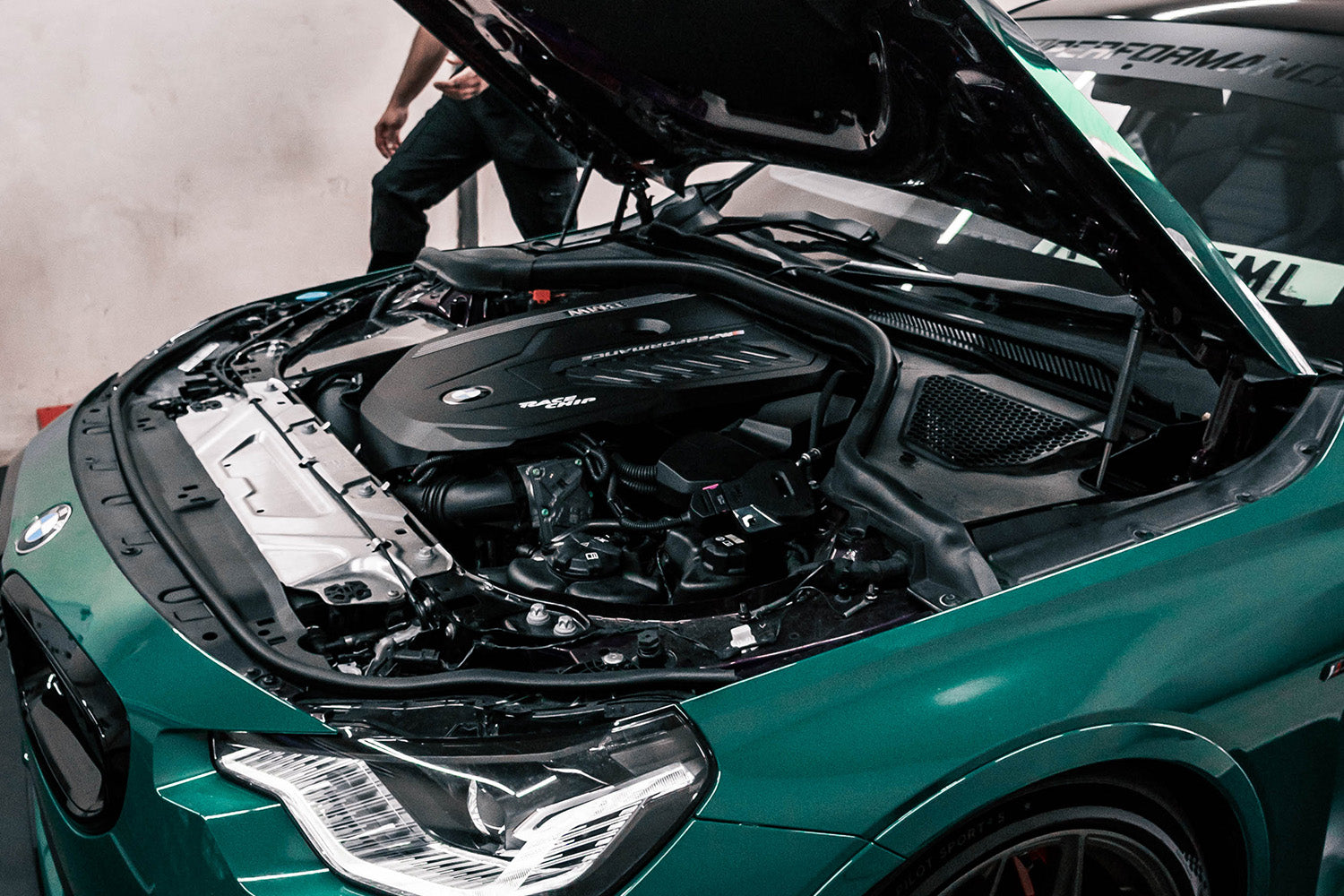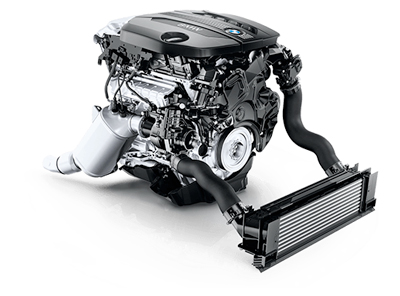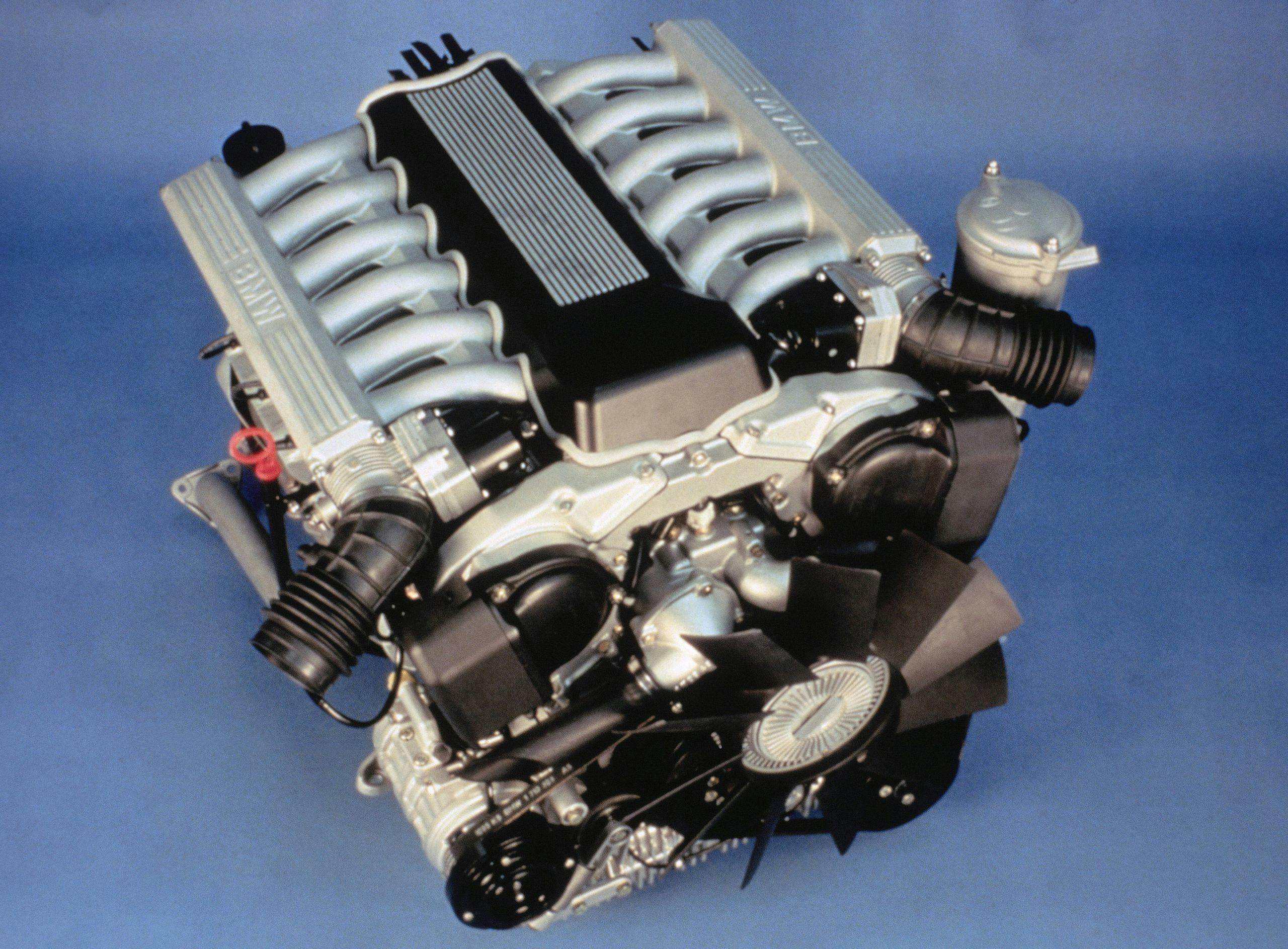The Function of BMW Engine Style in Achieving Exceptional Fuel Performance
The Function of BMW Engine Style in Achieving Exceptional Fuel Performance
Blog Article
Unveiling the Intricacies of Next-Generation Power Units: a Deep Study Advanced Engine Layouts and Developments
As we stand on the precipice of a new age in transport, the ins and outs of next-generation engine styles bid us to explore the sophisticated technologies and innovations that promise to redefine the driving experience. Digging much deeper right into the worlds of emission control, smart engine management systems, and the perspective of power device growth, we find ourselves on the cusp of a makeover that promises to improve the landscape of wheelchair as we recognize it.
Advancement of Engine Materials

The shift in the direction of advanced engine products has actually likewise allowed designers to make engines with greater power outputs while maintaining gas performance requirements. The usage of lightweight products minimizes the total weight of the engine, leading to boosted fuel economic situation and lower emissions. Additionally, developments in materials modern technology have actually permitted better thermal monitoring within engines, causing raised reliability and longevity.
Turbocharging and Supercharging Technologies
Just How do Turbocharging and Supercharging Technologies reinvent engine performance and efficiency in modern-day vehicles? Turbocharging and supercharging are innovations that considerably boost engine efficiency by enhancing the quantity of air intake right into the burning chamber. Turbocharging achieves this by using a generator driven by exhaust gases to pressurize the consumption air, while supercharging makes use of a belt- or chain-driven compressor to attain the very same result.
These innovations allow smaller sized, a lot more fuel-efficient engines to create power equivalent to larger ones, called downsizing. By forcing even more air into the cylinders, turbocharging and turbo charging boost combustion performance, leading to increased horsepower and torque output without a substantial increase in engine dimension. This results in much better velocity, towing capability, and total driving performance.
Furthermore, supercharging and turbocharging contribute to boosted gas performance by allowing the use of smaller sized engines that eat much less gas under normal driving problems - bmw engine. This mix of boosted efficiency and effectiveness has made turbocharging and turbo charging essential elements of several modern engine styles
Emission Control and Environmental Effect
With enhancing worldwide worries concerning air quality and ecological sustainability, the execution of exhaust control technologies in cars plays a critical role in decreasing damaging contaminants launched into the environment. Modern automobiles are outfitted with sophisticated exhaust control systems that aid decrease the ecological influence of vehicle procedures. Catalytic converters, as an example, are developed to convert harmful gases such as carbon monoxide, you can try this out nitrogen oxides, and hydrocarbons right into much less harmful materials like co2 and water vapor.
In addition, innovations in engine technology, such as the combination of exhaust gas recirculation systems and selective catalytic decrease, have actually significantly added to decreasing emissions. These modern technologies operate in tandem to enhance burning performance and decrease the launch of dangerous toxins right into the air. Furthermore, the advancement of hybrid and electrical vehicles represents an important step towards lowering the total environmental footprint of the transport field.
Intelligent Engine Administration Systems

Additionally, these systems make it possible for cars to meet rigid emissions criteria without compromising efficiency, providing an extra ecologically friendly driving experience. The integration of expert system and machine understanding capacities in engine administration systems remains to press the borders of what is feasible, causing further enhancements in performance, reliability, and general car efficiency. bmw engine. As vehicle modern technology advancements, intelligent engine monitoring systems will play a crucial duty in forming the future of transportation towards a much more sustainable and efficient direction
Future Trends in Power Unit Advancement
As intelligent engine monitoring systems pave the way for improved control and optimization in modern-day lorries, future fads in power unit growth are positioned to redefine the landscape of automotive propulsion modern technologies. These alternative power resources supply improved efficiency and efficiency while straightening with rigid environmental policies.
An additional considerable pattern is the combination of advanced products and making methods. Light-weight products such as carbon fiber and light weight aluminum are being utilized to reduce total automobile weight, enhancing fuel efficiency and efficiency. Furthermore, developments in 3D printing and additive manufacturing are making it possible for the additional reading manufacturing of complex engine parts with greater precision and durability.
Additionally, expert system and device learning are playing a vital role in maximizing power device performance. These innovations enable for real-time monitoring and adaptive control, bring about extra efficient and reputable power distribution. Generally, future fads in power system growth are geared in the direction of check my reference sustainability, efficiency, and efficiency, driving the automotive sector towards a brand-new era of propulsion innovations.

Final Thought
In conclusion, the developments in engine products, turbocharging, exhaust control, and intelligent administration systems have actually led the way for next-generation power units. The complex layouts and innovations in contemporary engines showcase the continuous advancement of vehicle modern technology.
Exploring the progressive improvements in engine products has actually been crucial in boosting the efficiency and efficiency of modern engines. Over the years, the evolution of engine materials has played a critical duty in pressing the borders of what engines can attain.The change in the direction of progressed engine products has actually likewise enabled designers to create engines with greater power outcomes while preserving fuel efficiency standards.The application of intelligent engine management systems in modern-day cars has actually changed the way engines are managed and enhanced for performance and efficiency. By collecting information in real-time and assessing it with innovative formulas, smart engine administration systems can adapt to driving designs, ecological aspects, and engine health to make best use of power output while minimizing gas usage and emissions.
Report this page